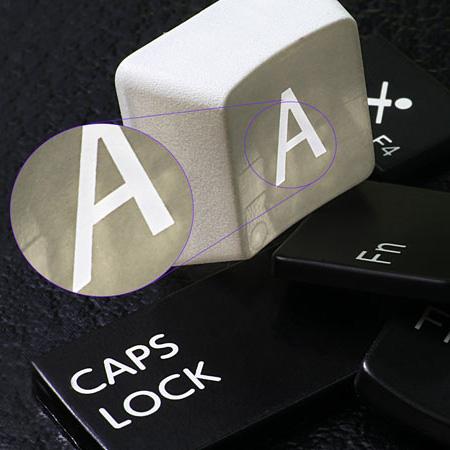The United States plans to develop a small High power 355nm Solid State Laser for biochemical detection
Jun 27 , 2022The United States plans to develop a small High power 355nm Solid State Laser for biochemical detection
The U.S. military's Joint Biological Standoff Detection System (JBSDS). JBSDS is an application example of chemical and biological threat monitoring outside the standoff, using lidar radar (LIDAR) to detect aerosols at a certain distance. Through the LUSTER project, DARPA hopes to develop a small, high-power ultraviolet laser to achieve a similar function.
According to reports, the U.S. Defense Advanced Research Projects Agency (DARPA) has launched a new study aimed at developing a compact and reliable ultraviolet detection device.

uv laser | green laser | Ultraviolet lasers | uv dpss laser | nanosecond laser | UV laser source | Solid State Lasers
The research project is called "Tactically Effective Raman Ultraviolet Laser Light Source" (LUSTER). DARPA seeks design solutions from the industry to develop a new technology for the detection of deep ultraviolet (deep UV) laser biochemical warfare agents that is compact, efficient and low-cost, and can be deployed flexibly. This new technology saves space, reduces weight and power requirements, and is much more sensitive than current equivalents. DARPA's goal is for the new UV lasers to be no larger than 1/300 the size of current lasers while being 10 times more efficient.
Raman spectroscopy is a method of using lasers to measure molecular vibrations to quickly and accurately identify unknown substances. The wavelengths of UV lasers are particularly suitable for Raman analysis, but the tactical UV detection systems currently used by the U.S. Department of Defense are bulky, expensive, and have limited performance.
DARPA project manager Dan Green said that the current detection system is too bulky and heavy, and needs to be transported by truck, and the goal of the LUSTER project is to develop a breakthrough chemical and biological warfare agent detection system that can be carried by a single soldier, and Efficiency is greatly improved, and at the same time, DARPA hopes that the price of the new system will also "erase a few zeros" from the current price of the detection system.
The "Compact Mid-Ultraviolet Technology" (CMUVT) project has now been completed, and DARPA hopes to develop LUSTER on this basis. The CMUVT project has developed a record high-efficiency and high-power medium-ultraviolet light-emitting diode, and the ultraviolet wavelength is close to that of LUSTER. But light-emitting diodes have limited sensitivity for compound identification, so DARPA hopes that the LUSTER project will develop new laser technologies that are no less accurate and sensitive than current expensive laser systems, yet comparable in stability and cost to light-emitting diodes.
Green revealed that in addition to detecting chemical and biological warfare agents that may emerge on the battlefield or in large-scale terrorist attacks at home, ultraviolet lasers have many other uses, such as medical diagnostics, advanced manufacturing and compact atomic clocks.
A number of different technical approaches could be considered for the LUSTER project, as long as they can emit deep ultraviolet light at wavelengths of 220-240 nanometers, with a power output greater than 1 watt, power conversion efficiency greater than 10%, and wire widths less than 0.01 nanometers.